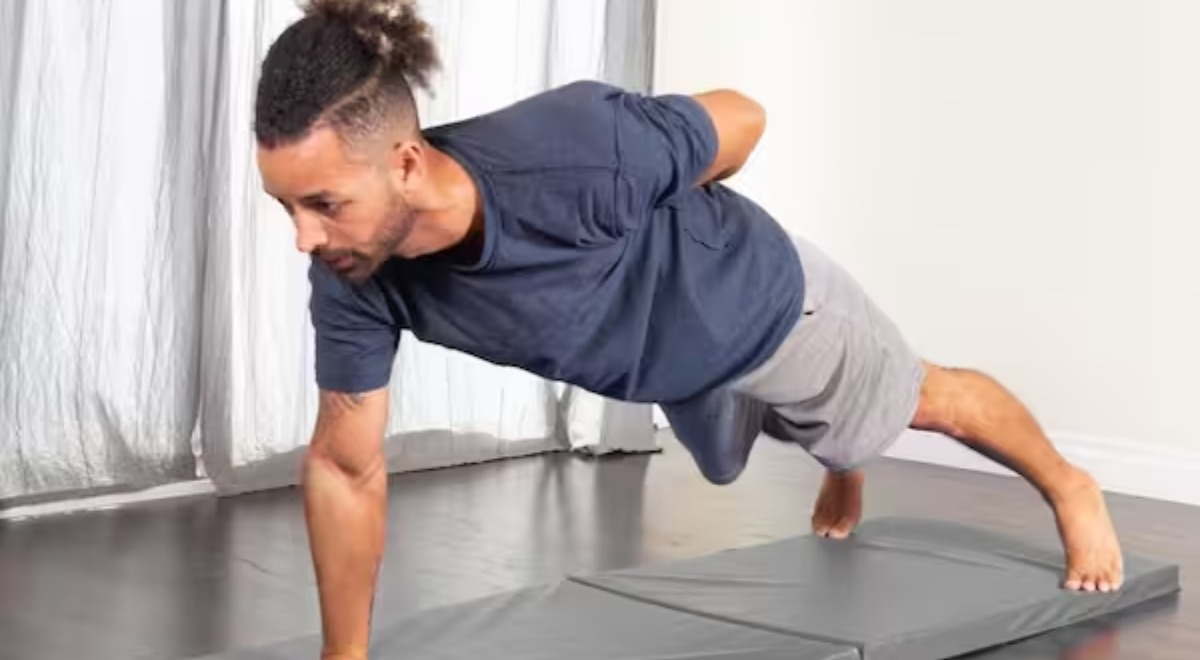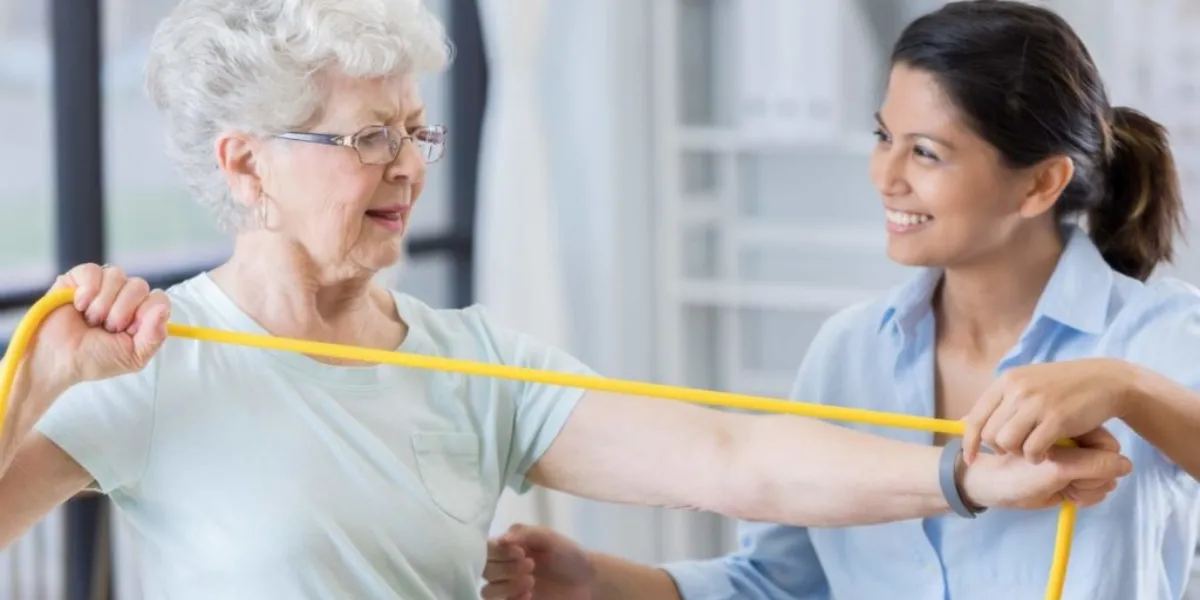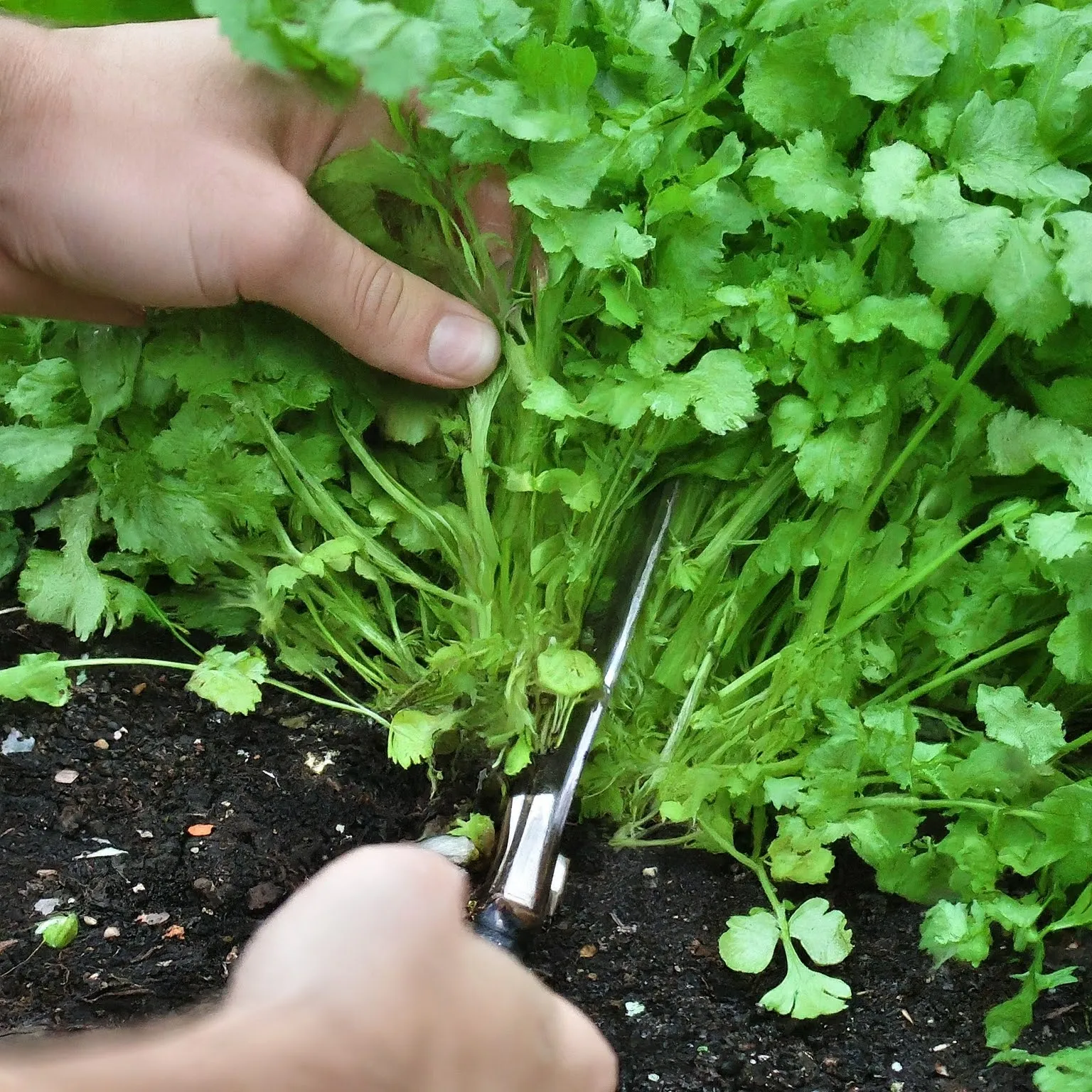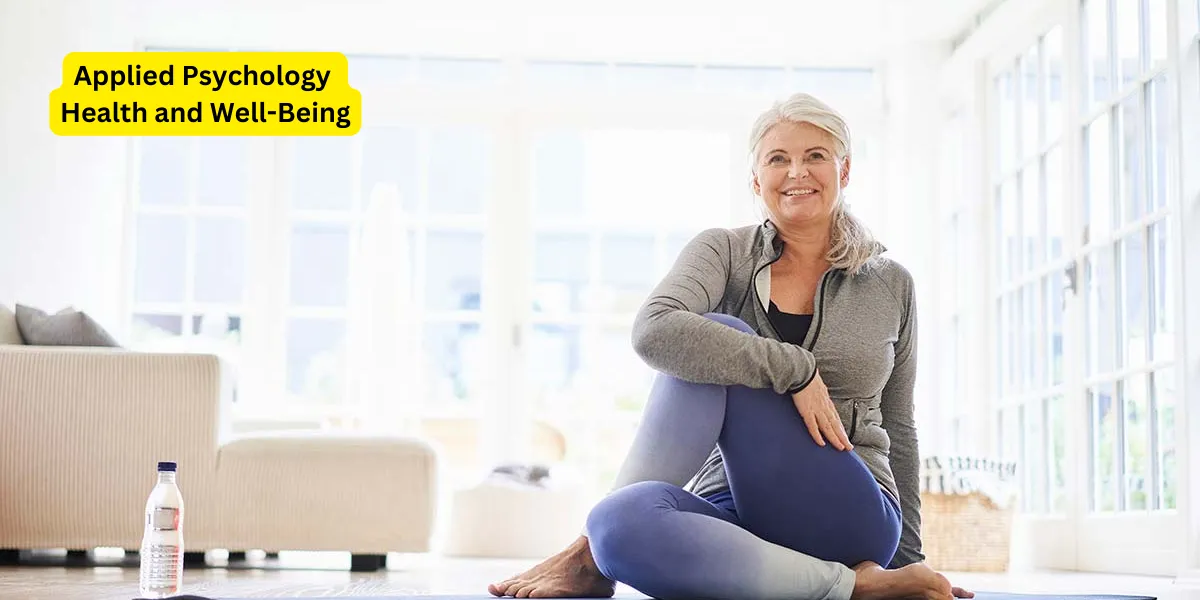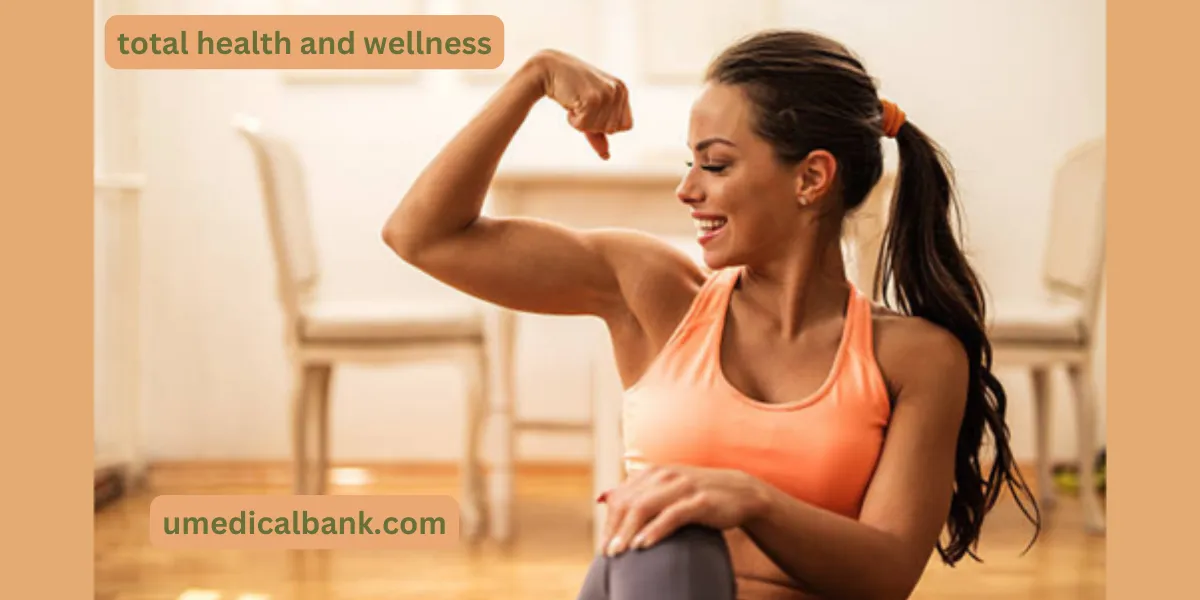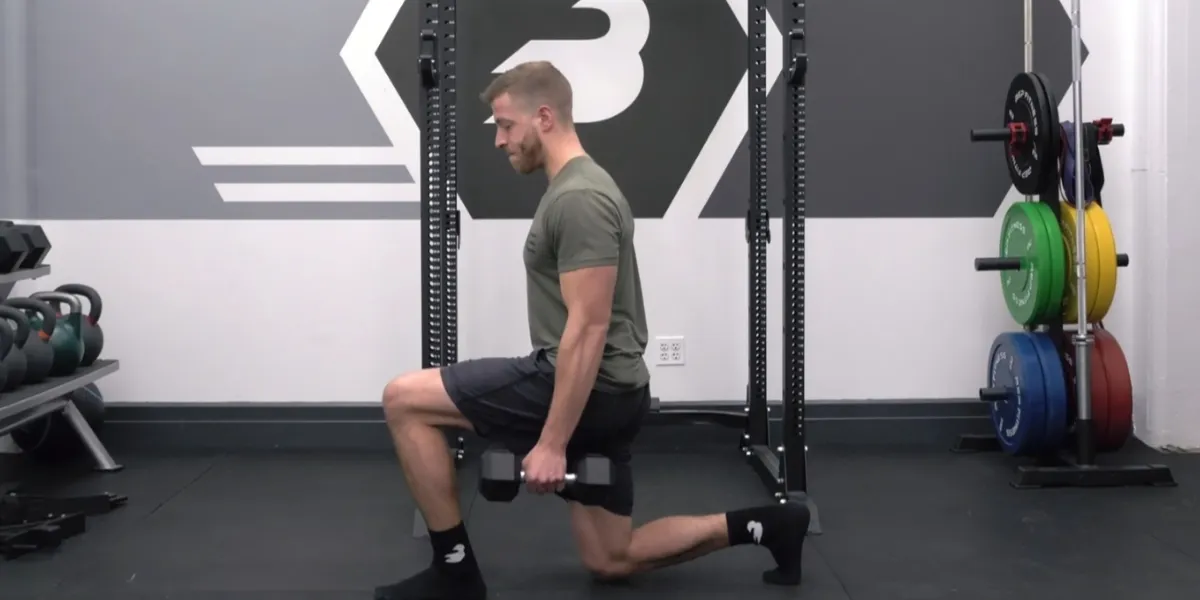The quest for stronger, more defined legs often leads us to squat variations. Among these, split squats and Bulgarian split squats (BSS) reign supreme. Both exercises challenge your balance and target your lower body muscles but with key differences. This article dissects these variations, guiding you on which one might suit your fitness goals best.
Table of Contents
ToggleWhat is a Split Squats?
A split squat, sometimes called a stationary lunge, works your legs in a split stance. Here’s how to perform it with proper form:
- Step 1: Set Up: Stand with your feet shoulder-width apart. Take a large step forward with one leg, lowering your body until both knees are bent at 90-degree angles. Your front knee should be directly over your ankle, and your back knee should hover just off the ground.
- Step 2: The Squat: Keeping your torso upright and core engaged, push through your front heel to return to the starting position.
- Step 3: Repeat: Complete the desired number of repetitions on one leg before switching to the other leg.
Benefits of Split Squats:
- Improves balance and stability: Engages core muscles for better overall balance.
- Strengthens lower body muscles: Targets quads, glutes, hamstrings, and calves.
- Improves unilateral leg strength: Addresses imbalances between your legs.
- Low-impact exercise: Easier on your joints compared to traditional squats.
Variations of Split Squats:
- Bodyweight split squat: The basic version described above.
- Weighted split squat: Hold dumbbells in each hand for added challenge.
- Bulgarian split squat (coming up next!): A more advanced variation with the back leg elevated.
What is a Bulgarian Split Squat (BSS)?
The BSS elevates your back leg on a bench or sturdy platform, placing more emphasis on the front leg for a single-leg challenge. Here’s how to perform it:
- Step 1: Set Up: Stand in front of a bench or platform, about a foot away. Step forward with one leg, placing your foot flat on the floor. Rest the top of your other foot on the bench behind you.
- Step 2: The Squat: Keeping your torso upright and core engaged, lower your body by bending your front knee until it reaches a 90-degree angle. Your front knee should track over your ankle, and your back knee should bend towards the floor.
- Step 3: The Press: Push through your front heel to return to the starting position.
Benefits of Bulgarian Split Squats:
- Increases single-leg strength: Isolates and strengthens the front leg for improved balance and stability.
- Targets specific muscles: Places greater emphasis on the quads and glutes.
- Improves core engagement: Requires core stability to maintain proper form.
- Improves athletic performance: Mimics movements like jumping and sprinting.
Variations of Bulgarian Split Squats:
- Bodyweight BSS: The basic version described above.
- Weighted BSS: Hold dumbbells in each hand or a barbell across your back for increased weight.
- Single-arm BSS: Hold a dumbbell in one hand for an added core challenge.
Split Squat vs Bulgarian Split Squat: A Side-by-Side Comparison
Here’s a table summarizing the key differences between split squats and Bulgarian split squats:
| Feature | Split Squat | Bulgarian Split Squat (BSS) |
|---|---|---|
| Back leg position | Resting on the ground | Elevated on a bench/platform |
| Difficulty | Easier | More challenging |
| Focus | Balance & overall leg strength | Single-leg strength & quads/glutes |
| Impact | Lower impact | Moderate impact |
| Suitability for beginners | Yes | Maybe (consider bodyweight first) |
Choosing Between Split Squats and Bulgarian Split Squats:
Start with Split Squats if:
- You’re a beginner or returning to exercise.
- You have balance or coordination issues.
- You want to focus on overall lower body strength and balance.
Progress to Bulgarian Split Squats when:
- You’ve mastered regular split squats.
- You want to challenge your single-leg strength.
- You want to target your quads and glutes more intensely.
Remember:
- Always prioritize proper form over heavier weights.
- Warm up with light cardio and dynamic stretches before performing these exercises.
- Listen to your body and take rest days when needed.
Bulgarian Split Squat FAQs
Here are some frequently asked questions about Bulgarian split squats (BSS):
What is a Bulgarian split squat?
A Bulgarian split squat is a single-leg squat variation where your back leg rests on a bench or platform. It targets your quads, glutes, and core while challenging your balance.
How do I perform a Bulgarian split squat?
- Stand in front of a sturdy bench or platform, about a foot away.
- Step forward with one leg and rest your front foot flat on the floor.
- Place the top of your other foot on the bench behind you.
- Lower your body by bending your front knee until it reaches a 90-degree angle. Keep your torso upright and core engaged.
- Push through your front heel to return to the starting position.
Can I do Bulgarian split squat at home?
Absolutely! You can use a sturdy chair, bench, or even a stack of books as your elevated platform.
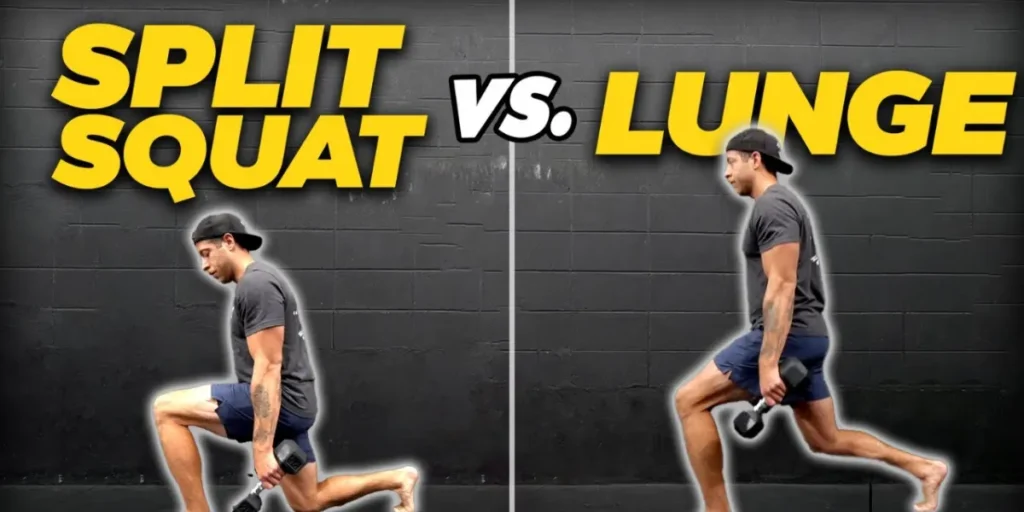
Are Bulgarian split squat good for glutes?
Yes! Because of the single-leg nature and emphasis on the front leg, Bulgarian split squats effectively target your glutes.
What are some benefits of Bulgarian split squats?
- Improves single-leg strength and stability
- Targets quads, glutes, and core muscles
- Increases overall lower body strength
- Enhances balance and coordination
- Mimics movements used in running and jumping
Are Bulgarian split squats hard?
They are generally considered more challenging than regular split squats due to the single-leg focus. However, you can start with bodyweight Bulgarian split squats and progress to adding weights as you get stronger.
What is the difference between a split squat and a Bulgarian split squat?
The main difference is the back leg position. In a regular split squat, your back leg rests on the ground. In a Bulgarian split squat, your back leg is elevated on a bench or platform.
Can I do Bulgarian split squats with dumbbells?
Yes! Holding dumbbells in each hand increases the difficulty and works your upper body as well.
What is proper form for Bulgarian split squats?
- Keep your torso upright and core engaged throughout the movement.
- Your front knee should track over your ankle, not cave inwards.
- Descend until your front thigh is parallel to the ground (or close to it).
- Push through your front heel to return to the starting position.
I’m a beginner. Should I start with Bulgarian split squats?
It’s recommended to build a foundation with regular split squats before progressing to Bulgarian split squats. This allows you to master the basic movement pattern and improve your balance.
Where can I find a Bulgarian split squat tutorial?
There are many great Bulgarian split squat tutorials available online (text and video) that can provide a visual demonstration of the exercise.
Conclusion
Both split squats and Bulgarian split squats are valuable tools for building strong, toned legs and improving overall athleticism. By understanding their differences and choosing the variation that aligns with your goals and fitness level, you can create a well-rounded lower body workout routine.
Here are some additional tips to maximize your results:
- Incorporate both exercises: As you progress, consider including both split squats and Bulgarian split squats in your workout routine. This will challenge your legs in different ways and prevent plateaus.
- Focus on progressive overload: Gradually increase the difficulty over time by adding weight, reps, or sets. This will continue to stimulate muscle growth and strength gains.
- Maintain proper form: Don’t sacrifice good form for heavier weights. This can lead to injury and hinder your progress.
- Seek guidance: If you’re new to exercise or unsure about your form, consult a certified personal trainer for personalized instruction.
With dedication and proper technique, split squats and Bulgarian split squats can become staples in your quest for stronger, more defined legs. So lace up your shoes, grab some weights (optional!), and get ready to squat your way to fitness success!


